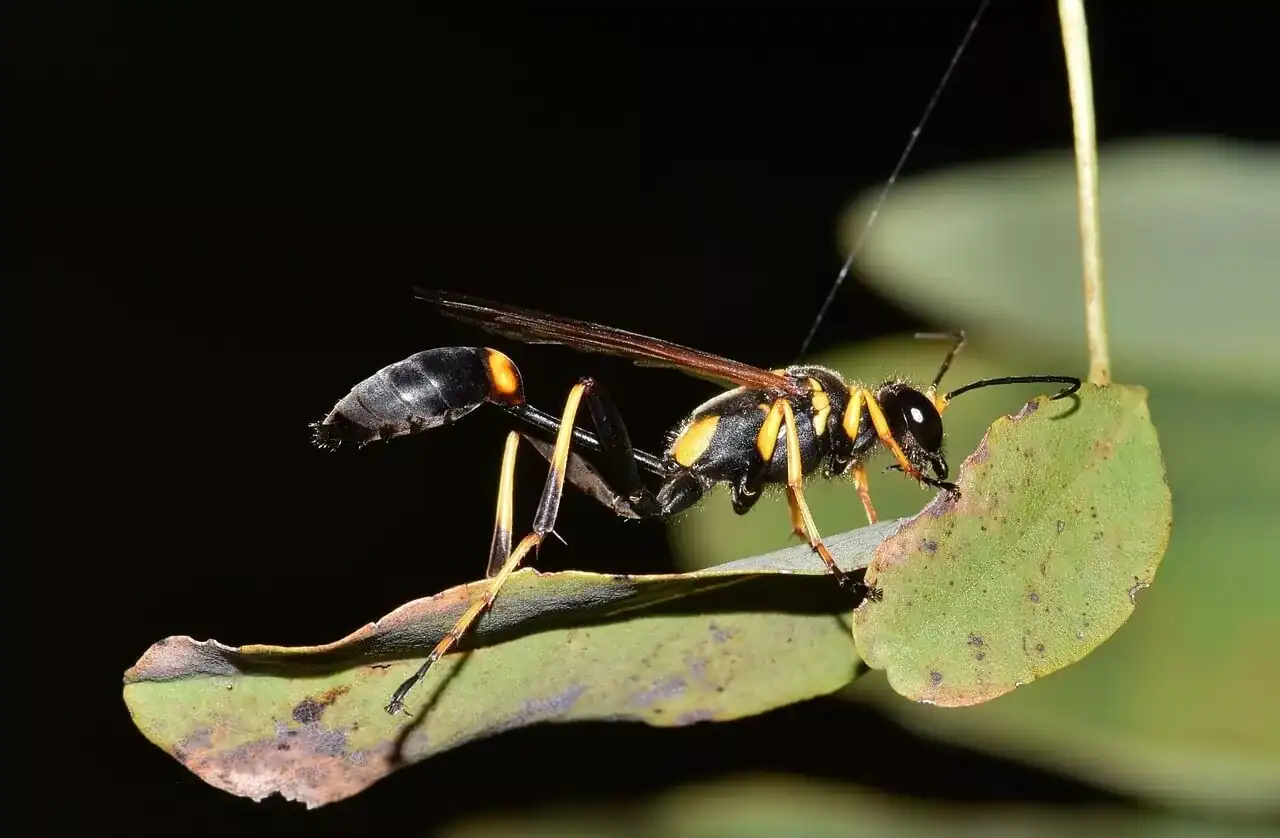Stingers & Bloodsuckers
Requiring strong and potent solutions, Domain Pest offers you ecologically viable solutions for scorpions, wasps, ticks, and fleas.

Tips for Preventing Scorpions
Scorpions inside of your home are bad news. Though these stingers tend to hide under rocks, boards, and clutter, some, such as the bark scorpion, prefer to rest on vertical surfaces, including trees, bushes, and walls. A good way to prevent scorpions from getting inside of your home is making sure that all possible entry points are adequately sealed, as well as stuffing exterior holes with copper mesh.
Scorpions have eight legs, and a pair of grasping pedipalps, or claws. They are easily recognized by their narrow, segmented tail, which often curves over their back and ends with a venomous stinger. Scorpions range in size from 0.3 in – 9 inches. Though most scorpions prefer to hide under rocks, boards, and clutter, some (such as the bark scorpion), rest on vertical surfaces like trees, bushes, and walls.
Paper wasps gather fibers from dead wood and plants, which are mixed with saliva and then used to construct water-resistant nests made of gray or brown papery material. These wasps range in size from 1.9-3.2 cm. Some types of paper wasps are also sometimes called umbrella wasps, due to the distinctive design of their nests.
Ticks feed on blood, and are ectoparasites, meaning they live on the outside of their host. They can fast for long periods of time but eventually die if unable to find a suitable host. Ticks find their hosts by detecting animals’ breath and body odors, or by sensing body heat, moisture, and vibrations. Once a suitable feeding spot is located, the tick grasps the host’s skin and cuts into the surface. The good news is that ticks cannot fly or jump, rather, they lie in position waiting for a suitable host, also known as “questing”.
Fleas are very small in size, averaging at about 1/12 of an inch. They lack wings, but have strong claws that prevent them from being dislodged, mouths adapted for piercing skin and sucking blood, and long hind legs extremely well adapted for jumping. A flea can jump vertically up to 7 in, and horizontally up to 13 in, making fleas one of the best jumpers of all known animals, relative to body size of course. They also go through four life stages, from egg, to larva, pupa, and finally, adult.
Stingers & Bloodsuckers are No Match for Domain Pest
Opting for home-based techniques prove to be ineffective in tackling stingers or bloodsuckers. Rather than simply relying on your assessment, we carry out our own assessment for identifying pests. Extracting information from this evaluation, we formulate a befitting elimination plan. Settling for unreliable and ineffective services should never be an option when dealing with bloodsucking pests. With an IPM (integrated pest management) approach, you won’t have to worry about facing any pest-related inconveniences, as your safety is a critical factor for us.

Related Posts
Let Us Take Care of Your Pest Issue, No Matter the Critter
To find out more about Domain Pest Control’s services, get a quote, or speak to one of our experts, contact us now!



